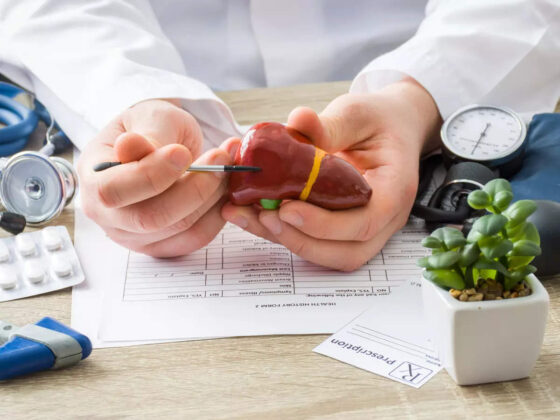A panic attack is an intense wave of fear characterized by its unexpectedness, debilitating and immobilizing intensity. It is a state when your heart pounds, you are unable to breathe and you almost feel like you are dying.
Panic attacks can strike out of blue without any signs or symptoms. It can happen any time without any warning. It can take place even when you are sleeping, or when you relax.
Panic attacks are not just a one-time occurrence. It can occur in repeated episodes. Many people experience recurrent panic attacks in different situations like crossing a bridge or speaking in public or any such situation that has caused a panic attack before.
Usually, situations in which you feel endangered or you are unable to find an escape and feel suffocating, can induce a panic attack. You may be having a panic attack even in situations when you feel sudden or an overwhelming terror that has a no obvious reason. A person having a panic attack may face physical symptoms like racing heart, breathing difficulties, and sweating.
Dr. Jayanti Dutta, a renowned psychologist said, “Panic attacks are triggered by our emotions. It could happen at any age and anytime. It is not confined to a particular age group of people. Even children can have it”.
“For panic attacks, therapy is often the most effective option. It can show quicker results if treated at an early stage. People with Panic attacks often break down quickly. They shout; burst into anger or start crying suddenly. All these indicate that the person might be heading towards a situation for a panic attack”, says Dr Dutta.
“People often get confused between Panic attacks and Heart attacks. However, these two are different from each other. Cardiology is a physiological and a medical thing, while a panic attack is a psychological thing. The treatment for panic attack would primarily require psychotherapy or kind of an emotional assurance. A support system can also be created for those who are prone to panic attacks”, she added.
Too many panic attacks can lead to a panic disorder such as social phobia, or depression. The signs and symptoms of a panic attack develop abruptly and usually reach their peak within 10 minutes. It rarely lasts for more than an hour and. It usually lasts from anywhere from a few minutes up to 30 minutes.
Symptoms of Panic Attack
• Shortness of breath or hyperventilation
• Heart palpitations or racing heart
• Chest pain or discomfort
• Trembling or shaking
• Choking feeling
• Feeling unreal or detached from your surroundings
• Sweating
• Nausea or upset stomach
• Feeling dizzy, light-headed, or faint
• Numbness or tingling sensations
• Hot or cold flashes
• Fear of dying, losing control, or going crazy
YOU MAY LIKE TO READ: 12 Surprising Facts You May Not Know About Depression
You may be suffering from panic disorder if you:
- Experience frequent, unexpected panic attacks that aren’t tied to a specific circumstance
- Worry or stress a lot about having another panic attack
- Are behaving differently because of the panic attacks, such as avoiding places where you’ve previously panicked
How to Stop a Panic Attack?
Regardless of the cause, panic attacks are treatable. There are strategies you can use to reduce or eliminate the symptoms of panic to regain your confidence, and to take back the control of your life.
Try walking backwards
When you try to walk backward, the mind focuses on the surroundings of how to avoid bumping into things. A mildly challenging mental task can interrupt your brain’s negative thoughts and may divert your mind.
Take deep breaths
Try to take slow, deep breaths if you can. There are several ways and exercises on how you can take slow breaths.
Find a focus object
You can look for your favorite color, or try to focus your senses on a particular object or thing nearby and try to identify the color, size or shape of the object.
Visualize happiness
Try recalling your favorite memory or visualize a happy place or a happy memory. Try to go through the event in your mind from the start to the finish.











